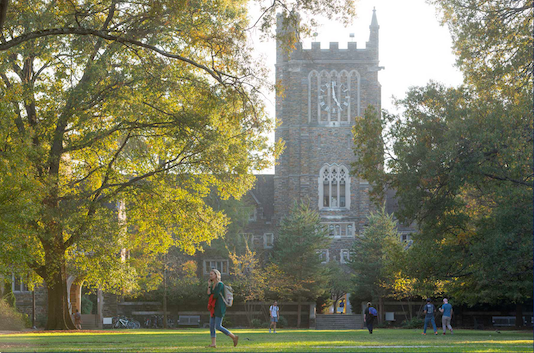FIP Virtual Seminar: Proton-Coupled Electron and Energy Transfer

Proton-coupled electron transfer (PCET) reactions are fundamental to energy transformation reactions in natural and artificial systems and are increasingly recognized in areas such as catalysis and photoredox catalysis. The interdependence of proton and electron transfer brings a mechanistic richness of reactivity, including various sequential and concerted mechanisms. This has substantial impact on the reaction rate, due to modulations of the reaction energy barrier as well as the strong dependence on the distance the proton has to tunnel during the reaction. The presentation will discuss how to delineate between different PCET-mechanisms and why a particular mechanism dominates, an understanding which is crucial for the design and optimization of reactions that use PCET [1]. It will also discuss our collaborative work where we gave the first and still only example of PCET in the Marcus Inverted Region (MIR), where the rate decreases with increasing driving force [2]. This is believed to be important to maintain a long-lived photosynthetic charge separation, but earlier predictions suggested that observation of MIR for PCET is unlikely. Finally, our recent discovery of a novel elementary reaction, which we denote Proton-Coupled Energy Transfer (PCEnT), will be presented [3]. The understanding of the PCEnT reaction and its wider implications will be discussed.
(1) R. Tyburski, T. Liu, S. D. Glover, L. Hammarström, J. Am. Chem Soc. 2021, 143, 560. (Perspective)
(2) Parada, G. A.; Goldsmith, Z. K.; Kolmar, S.; Rimgard, B. P.; Mercado, B. P.; Hammarström, L.; Hammes-Schiffer, S.; Mayer, J. M. Science 2019, 364, 471.
(3) Rimgard, B. P., Tao, Z.; Cotter, L.; Parada, G. A.; Mayer, J. M.; Hammes-Schiffer, S.; Hammarström, L., Science, 2022, 377. 742.
Leif Hammarström is since 2004 Professor of Chemical Physics at Uppsala University. He received his PhD degree in Physical Chemistry in 1995 at the same university. After postdoctoral research at University of Bologna (1996) he returned to Sweden where he received an Assistant professorship form the Research Council (1998), which he placed at Uppsala University. He then joined with Prof. Styring (Lund) and Prof. Åkermark (KTH) to develop the Swedish Consortium for Artificial Photosynthesis (CAP). He is Head of Department of Photochemistry and Molecular Science at Uppsala University.






